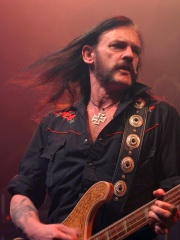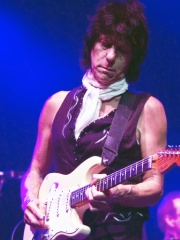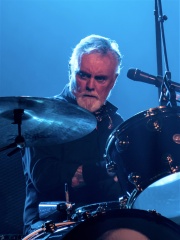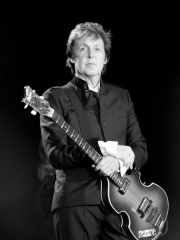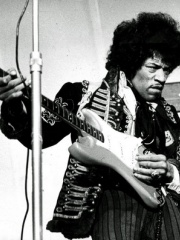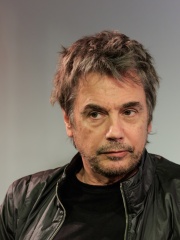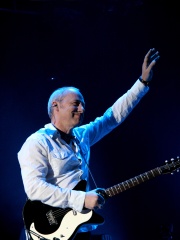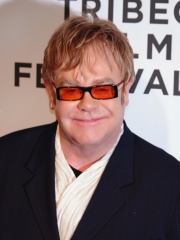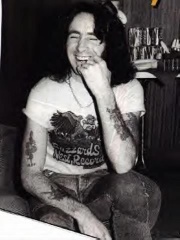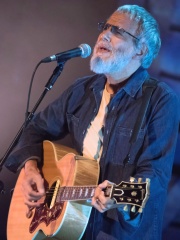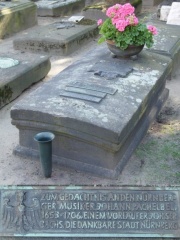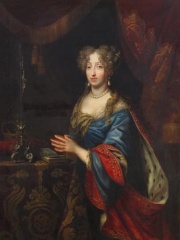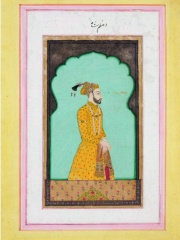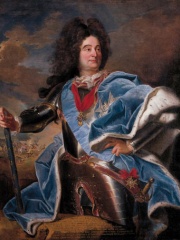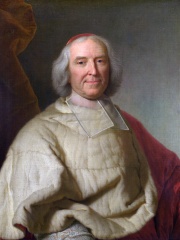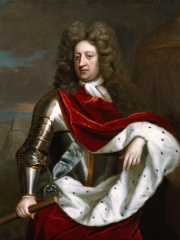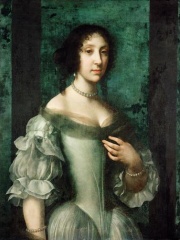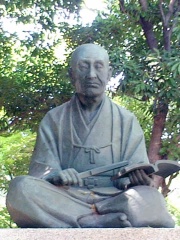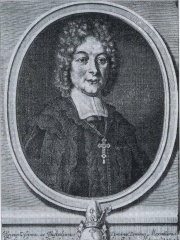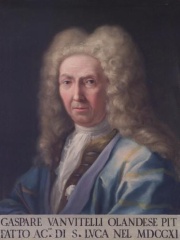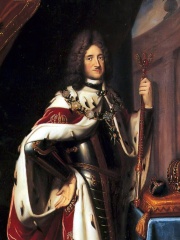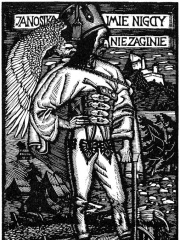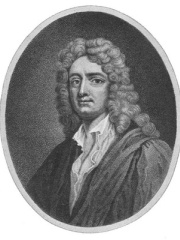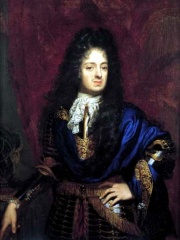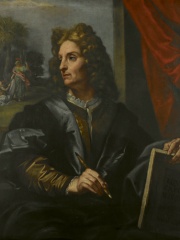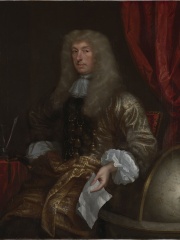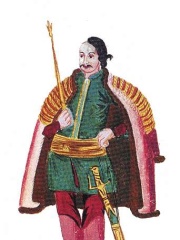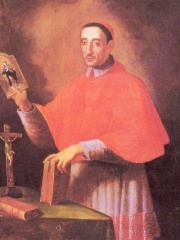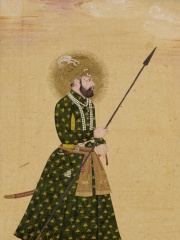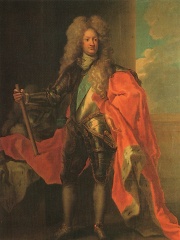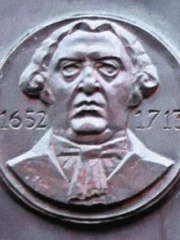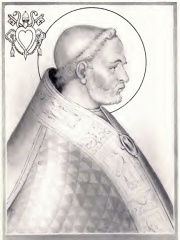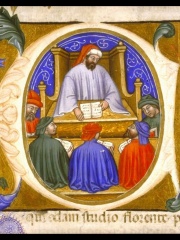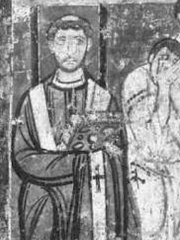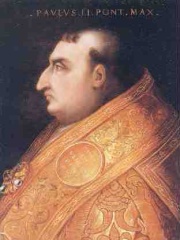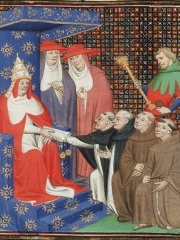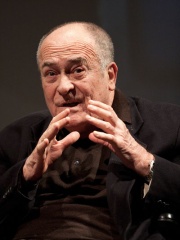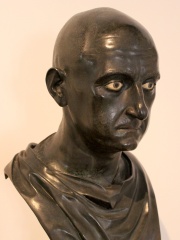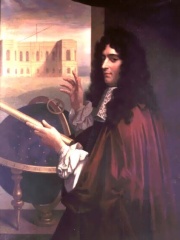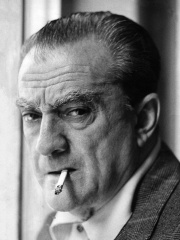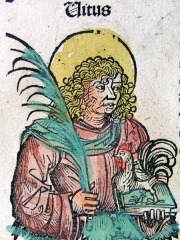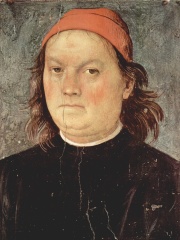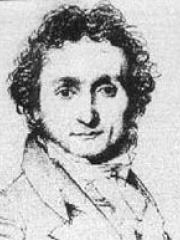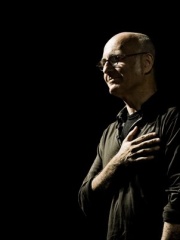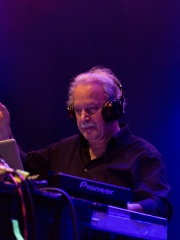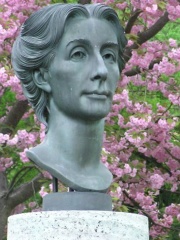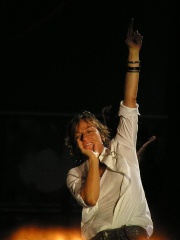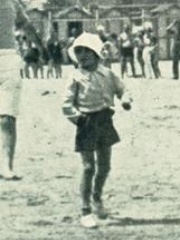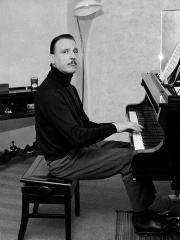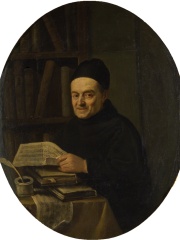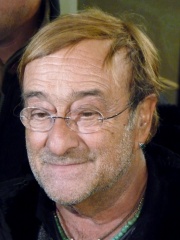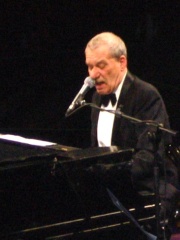MUSICIAN
Arcangelo Corelli
1653 - 1713
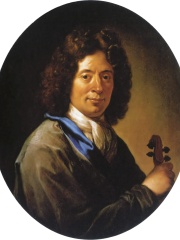
 Arcangelo Corelli
Arcangelo Corelli
Arcangelo Corelli (, also UK: , US: ; Italian: [arˈkandʒelo koˈrɛlli]; 17 February 1653 – 8 January 1713) was an Italian composer, musician, and violinist of the middle Baroque era. His music was key in the development of the modern genres of sonata and concerto, in establishing the preeminence of the violin, and as the first coalescing of modern tonality and functional harmony. He was trained in Bologna and Rome and spent most of his career there with the protection of wealthy patrons. Though his entire production is limited to just six published collections – five of which are trio sonatas or solo and one of concerti grossi — he achieved great fame and success throughout Europe, in the process crystallizing widely influential musical models. Read more on Wikipedia
His biography is available in 61 different languages on Wikipedia. Arcangelo Corelli is the 19th most popular musician (down from 18th in 2024), the 277th most popular biography from Italy (down from 240th in 2019) and the 2nd most popular Italian Musician.
Arcangelo Corelli was a famous Italian composer. He is most famous for his violin concertos.
Memorability Metrics
Page views of Arcangelo Corelli by language
Among MUSICIANS
Among musicians, Arcangelo Corelli ranks 19 out of 3,175. Before him are Lemmy, Jeff Beck, Roger Taylor, Paul McCartney, Jimi Hendrix, and Jean-Michel Jarre. After him are Mark Knopfler, Elton John, Bon Scott, George Harrison, Eric Clapton, and Cat Stevens.
Most Popular Musicians in Wikipedia
Go to all RankingsLemmy
1945 - 2015
HPI: 79.99
Rank: 13
Jeff Beck
1944 - 2023
HPI: 79.94
Rank: 14
Roger Taylor
1949 - Present
HPI: 79.86
Rank: 15
Paul McCartney
1942 - Present
HPI: 79.53
Rank: 16
Jimi Hendrix
1942 - 1970
HPI: 79.33
Rank: 17
Jean-Michel Jarre
1948 - Present
HPI: 79.27
Rank: 18
Arcangelo Corelli
1653 - 1713
HPI: 78.49
Rank: 19
Mark Knopfler
1949 - Present
HPI: 78.32
Rank: 20
Elton John
1947 - Present
HPI: 78.15
Rank: 21
Bon Scott
1946 - 1980
HPI: 78.13
Rank: 22
George Harrison
1943 - 2001
HPI: 78.02
Rank: 23
Eric Clapton
1945 - Present
HPI: 77.76
Rank: 24
Cat Stevens
1948 - Present
HPI: 77.66
Rank: 25
Contemporaries
Among people born in 1653, Arcangelo Corelli ranks 1. After him are Johann Pachelbel, Eleanor of Austria, Queen of Poland, Muhammad Azam Shah, Claude Louis Hector de Villars, André-Hercule de Fleury, Prince George of Denmark, Claudia Felicitas of Austria, Chikamatsu Monzaemon, Georg Muffat, Maria Amalia of Courland, and Caspar van Wittel. Among people deceased in 1713, Arcangelo Corelli ranks 1. After him are Frederick I of Prussia, Juraj Jánošík, Anthony Ashley-Cooper, 3rd Earl of Shaftesbury, Ferdinando de' Medici, Grand Prince of Tuscany, Carlo Maratta, Jean Chardin, Michael II Apafi, Giuseppe Maria Tomasi, Jahandar Shah, Frederick William, Duke of Mecklenburg-Schwerin, and Pavao Ritter Vitezović.
Others Born in 1653
Go to all RankingsArcangelo Corelli
MUSICIAN
1653 - 1713
HPI: 78.49
Rank: 1
Johann Pachelbel
COMPOSER
1653 - 1706
HPI: 76.07
Rank: 2
Eleanor of Austria, Queen of Poland
COMPANION
1653 - 1697
HPI: 70.92
Rank: 3
Muhammad Azam Shah
POLITICIAN
1653 - 1707
HPI: 70.10
Rank: 4
Claude Louis Hector de Villars
POLITICIAN
1653 - 1734
HPI: 69.37
Rank: 5
André-Hercule de Fleury
POLITICIAN
1653 - 1743
HPI: 68.55
Rank: 6
Prince George of Denmark
POLITICIAN
1653 - 1708
HPI: 67.97
Rank: 7
Claudia Felicitas of Austria
POLITICIAN
1653 - 1676
HPI: 66.43
Rank: 8
Chikamatsu Monzaemon
WRITER
1653 - 1725
HPI: 66.03
Rank: 9
Georg Muffat
COMPOSER
1653 - 1704
HPI: 64.93
Rank: 10
Maria Amalia of Courland
NOBLEMAN
1653 - 1711
HPI: 62.51
Rank: 11
Caspar van Wittel
PAINTER
1653 - 1736
HPI: 60.85
Rank: 12
Others Deceased in 1713
Go to all RankingsArcangelo Corelli
MUSICIAN
1653 - 1713
HPI: 78.49
Rank: 1
Frederick I of Prussia
POLITICIAN
1657 - 1713
HPI: 78.32
Rank: 2
Juraj Jánošík
POLITICIAN
1688 - 1713
HPI: 71.26
Rank: 3
Anthony Ashley-Cooper, 3rd Earl of Shaftesbury
POLITICIAN
1671 - 1713
HPI: 67.68
Rank: 4
Ferdinando de' Medici, Grand Prince of Tuscany
POLITICIAN
1663 - 1713
HPI: 67.59
Rank: 5
Carlo Maratta
PAINTER
1625 - 1713
HPI: 65.81
Rank: 6
Jean Chardin
EXPLORER
1643 - 1713
HPI: 65.20
Rank: 7
Michael II Apafi
POLITICIAN
1676 - 1713
HPI: 62.81
Rank: 8
Giuseppe Maria Tomasi
RELIGIOUS FIGURE
1649 - 1713
HPI: 60.56
Rank: 9
Jahandar Shah
POLITICIAN
1661 - 1713
HPI: 59.58
Rank: 10
Frederick William, Duke of Mecklenburg-Schwerin
POLITICIAN
1675 - 1713
HPI: 59.40
Rank: 11
Pavao Ritter Vitezović
WRITER
1652 - 1713
HPI: 59.23
Rank: 12
In Italy
Among people born in Italy, Arcangelo Corelli ranks 277 out of 5,161. Before him are Pope Boniface V (575), Boethius (480), Pope Leo IV (790), Pope Paul II (1417), Pope Innocent IV (1195), and Bernardo Bertolucci (1941). After him are Pope Celestine IV (1200), Scipio Africanus (-235), Giovanni Domenico Cassini (1625), Luchino Visconti (1906), Vitus (290), and Pietro Perugino (1446).
Others born in Italy
Go to all RankingsPope Boniface V
RELIGIOUS FIGURE
575 - 625
HPI: 78.60
Rank: 271
Boethius
PHILOSOPHER
480 - 525
HPI: 78.53
Rank: 272
Pope Leo IV
RELIGIOUS FIGURE
790 - 855
HPI: 78.52
Rank: 273
Pope Paul II
RELIGIOUS FIGURE
1417 - 1471
HPI: 78.50
Rank: 274
Pope Innocent IV
RELIGIOUS FIGURE
1195 - 1254
HPI: 78.50
Rank: 275
Bernardo Bertolucci
FILM DIRECTOR
1941 - 2018
HPI: 78.50
Rank: 276
Arcangelo Corelli
MUSICIAN
1653 - 1713
HPI: 78.49
Rank: 277
Pope Celestine IV
RELIGIOUS FIGURE
1200 - 1241
HPI: 78.49
Rank: 278
Scipio Africanus
POLITICIAN
235 BC - 183 BC
HPI: 78.45
Rank: 279
Giovanni Domenico Cassini
ASTRONOMER
1625 - 1712
HPI: 78.44
Rank: 280
Luchino Visconti
FILM DIRECTOR
1906 - 1976
HPI: 78.42
Rank: 281
Vitus
RELIGIOUS FIGURE
290 - 303
HPI: 78.41
Rank: 282
Pietro Perugino
PAINTER
1446 - 1523
HPI: 78.38
Rank: 283
Among MUSICIANS In Italy
Among musicians born in Italy, Arcangelo Corelli ranks 2. Before him are Niccolò Paganini (1782). After him are Ludovico Einaudi (1955), Giorgio Moroder (1940), Cosima Wagner (1837), Gianna Nannini (1954), Giovanni Battista Viotti (1755), Romano Mussolini (1927), Arturo Benedetti Michelangeli (1920), Giovanni Battista Martini (1706), Lucio Dalla (1943), and Paolo Conte (1937).
Niccolò Paganini
1782 - 1840
HPI: 84.38
Rank: 1
Arcangelo Corelli
1653 - 1713
HPI: 78.49
Rank: 2
Ludovico Einaudi
1955 - Present
HPI: 73.11
Rank: 3
Giorgio Moroder
1940 - Present
HPI: 72.78
Rank: 4
Cosima Wagner
1837 - 1930
HPI: 72.28
Rank: 5
Gianna Nannini
1954 - Present
HPI: 70.05
Rank: 6
Giovanni Battista Viotti
1755 - 1824
HPI: 69.33
Rank: 7
Romano Mussolini
1927 - 2006
HPI: 69.06
Rank: 8
Arturo Benedetti Michelangeli
1920 - 1995
HPI: 68.74
Rank: 9
Giovanni Battista Martini
1706 - 1784
HPI: 68.53
Rank: 10
Lucio Dalla
1943 - 2012
HPI: 68.09
Rank: 11
Paolo Conte
1937 - Present
HPI: 67.62
Rank: 12
